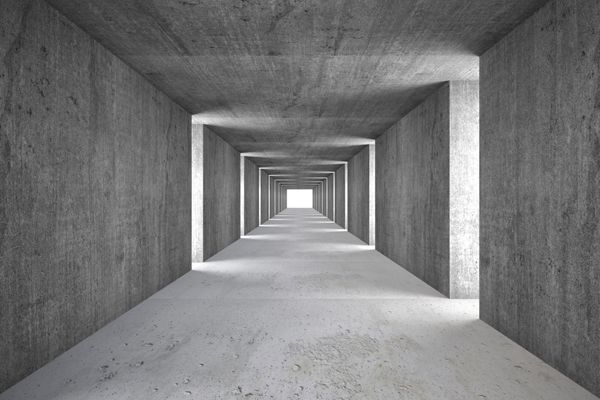
The National Bank of Australia demonstrates the importance of edges for creating a human-friendly environment.
Thigmotaxism is part of our genetic evolution – we tend to “hug the walls.” We walk forwards – seldom backwards or sideways – and our eyes scan forwards. We are more comfortable in streets as we can see what lies ahead and there are buildings nearby for protection. Wide-open spaces, on the other hand, mean danger could come from any direction.
Story continues below advertisement
Professor Justin Hollander, AICP, Tufts University, Massachusetts, says, “Architects can consider these tendencies as they design buildings. That means arranging buildings on a site in such a way that creates paths where “wall-hugging” is natural – the antithesis of this is when buildings are arranged so that a person would need to walk through an open, exposed area to traverse a path. Additionally, making edges interesting, complex, and attractive can reinforce those edges.”
Story continues below advertisement
The National Bank of Australia Building on its triangular footprint at 700 Bourke St, Melbourne, uses thigmotactic design, with work areas divided into eight zones with no more than fifty people in each zone. Kylie Holton, Woods Bagot Associate, explains, “The main workspaces have been brought back from the atrium by about two metres, with social spaces occupying these edges. We created enclosed meeting rooms here to allow for privacy, as well as more open social spaces, where the open void is softened by the use of rugs, cushions and planting to create a softer edge.”
Story continues below advertisement
The triangular window panels in red, orange and green reference a dynamic natural environment – think falling leaves. The interior echoes this with triangular patterns used in office divisions as well as innovative use of plants as screens, allowing workers to be stimulated yet sheltered, encouraging optimum performance. “The interiors borrowed the triangular motif used in the architecture, rather than incorporating a new, contrasting visual element. This creates a continuation of the design language, a harmonious overall look and feel, through exterior and interior. The triangles were also used at a human scale and in a fun way, so they don’t fight with the architecture,” concludes Holton.
Woods Bagot
woodsbagot.com